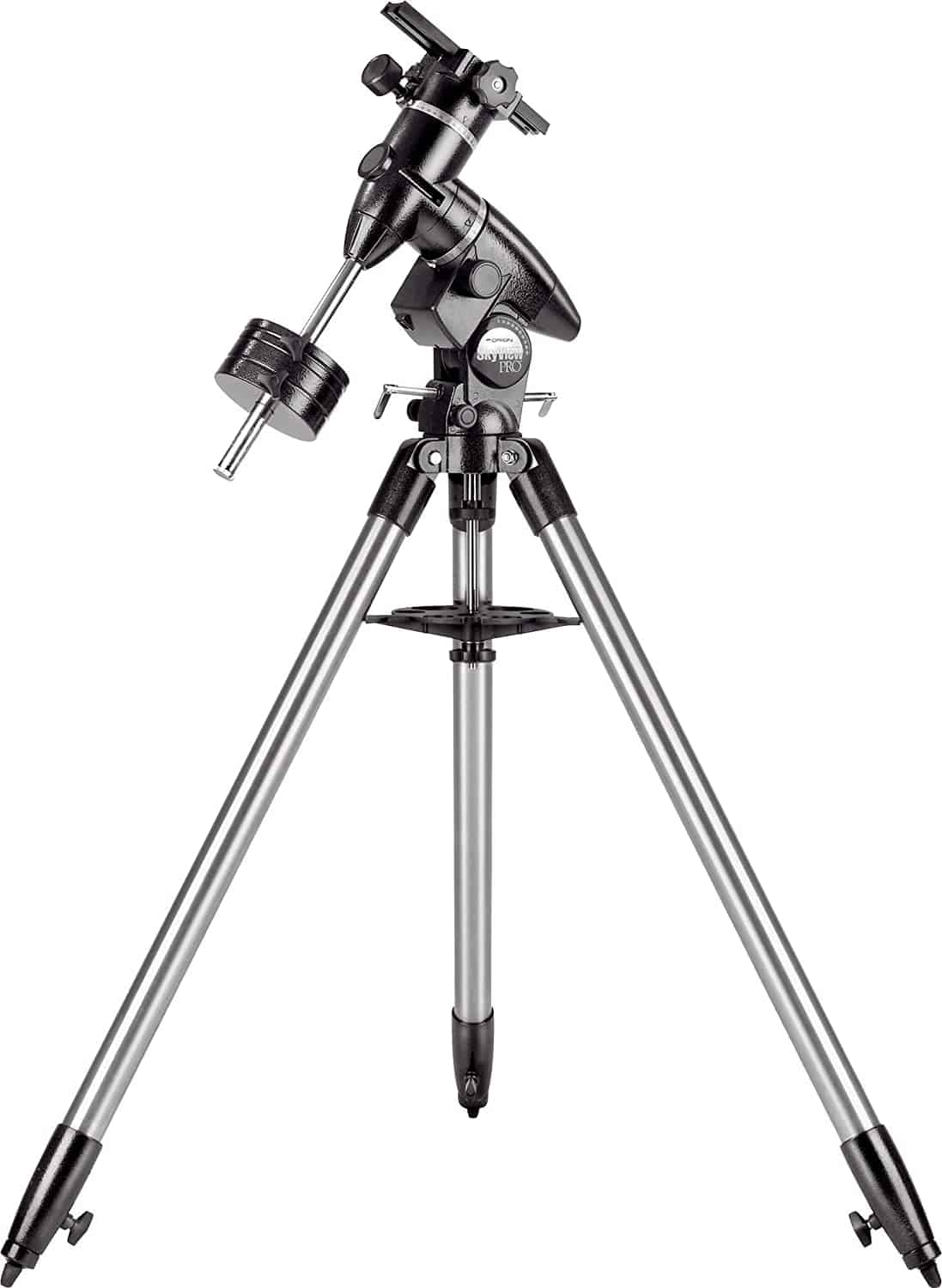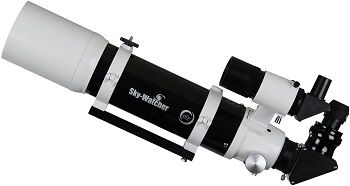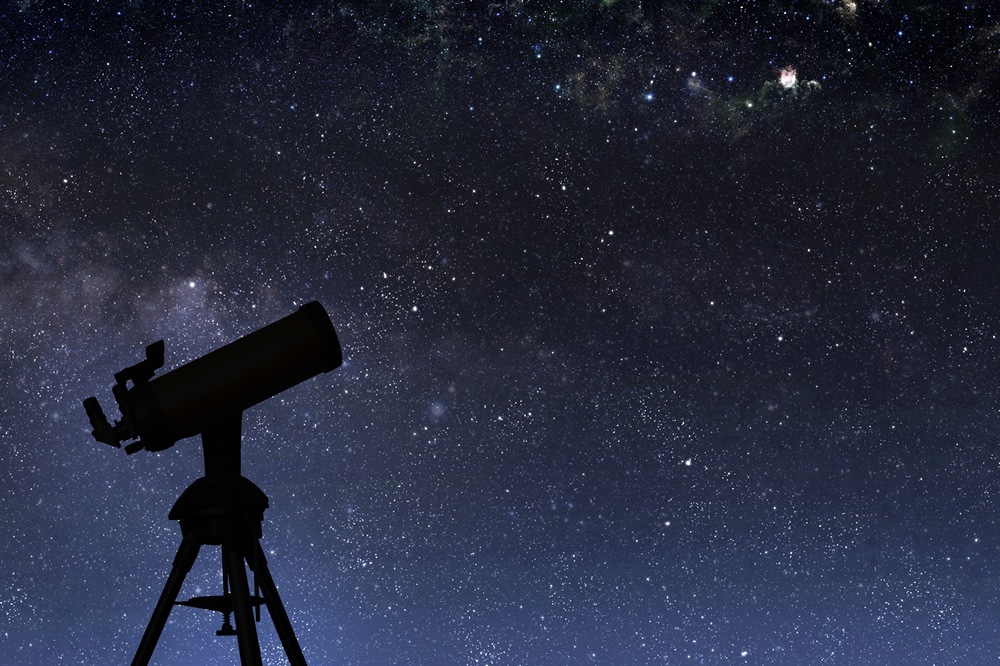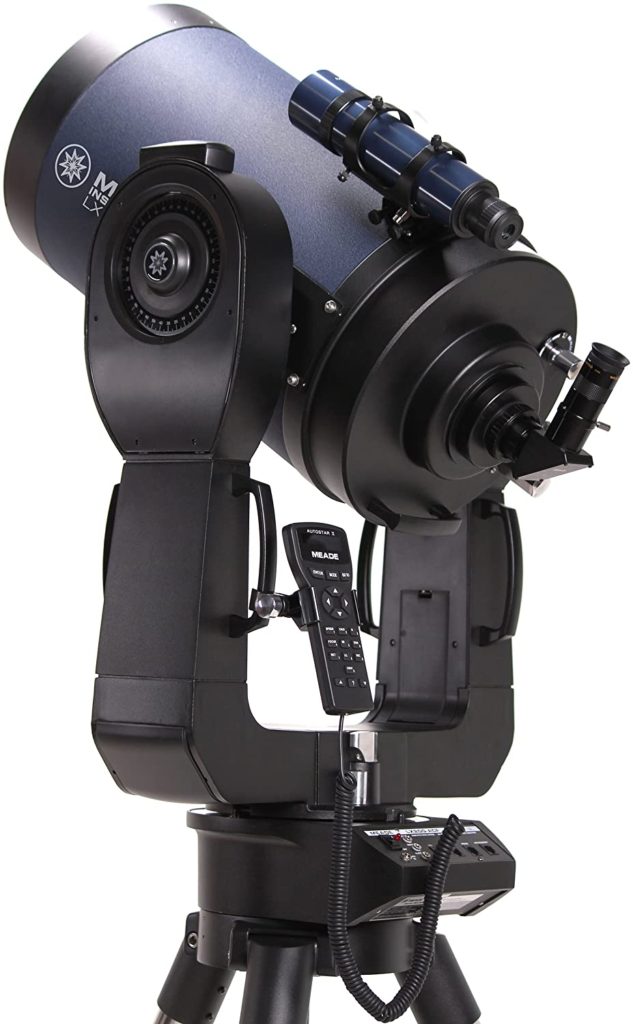

- #Best telescope for astrophotography review manual
- #Best telescope for astrophotography review portable
- #Best telescope for astrophotography review series
Why it made the cut: Solid build and specs, paired with the remarkable StarSense Explorer app, make this telescope a perfect introduction to celestial observation. The best telescopes under $500: Reviews & Recommendations Best overall: Celestron StarSense Explorer DX 130AZ Altazimuth mounts operate in the same way as a camera tripod, allowing you to adjust both axes (left-right, up-down), while equatorial mounts also tilt to make it easier to follow celestial objects. The two common mount types are alt-az (altitude-azimuth) and equatorial. Investing in a stable mount will improve the viewing experience.
#Best telescope for astrophotography review portable
In general, the more lightweight and portable the tripod mount, the more movement you’ll likely get while gazing or photographing the stars. MountsĪll the lens and mirror power in the world won’t mean much if you attach your telescope to a subpar mount. Midpoint f-ratios can get the job done for both. Low f-ratios, such as f/4 or f/5, are usually best for wide-field observation and photography, while high f-ratios like f/15 can make deep-space nebulae and other bodies easier to see and capture.

Aperture is the diameter of the lens or the primary mirror, so a telescope with a large aperture draws more light than a small aperture, resulting in views into deeper space.
#Best telescope for astrophotography review manual
Photographers will recognize this one-like on a manual camera, the aperture controls the amount of light entering the telescope. Versatile compound telescopes combine these two methods in a smaller, more portable form factor, with results that land right in the middle of the pack. Reflector telescopes-also known as Newtonian scopes for their inventor, Sir Isaac Newton-swap lenses for mirrors and allow stargazers to see deeper into space.
#Best telescope for astrophotography review series
Refractor telescopes use a series of glass lenses to bring celestial bodies like the moon and near planets into focus easily. There are three types of optics available on consumer telescopes, and they will help you achieve three different goals. There are levels of quality and a wide range of price points and features to sort through before you can be sure you’re making the right purchase for what you want out of your telescope, whether it’s multi-thousands or one of the best telescopes under $500. To get the best views of the stars, planets, and other phenomena of outer space, not just any old telescope will get the job done. What to consider when buying the best telescopes under $500 After narrowing our focus based on personal experience, peer suggestions, critical reviews, and user impressions, we then considered aperture, focal length, magnification, build quality, and value to come up with these five models. The under-$500 telescope market is crowded with worthy brands and models, so we looked at offerings in that price range from several well-known manufacturers in the space. How we chose the best telescopes under $500


But you don’t have to follow those lines to geek out over the vastness of the night sky. The ancient Egyptians, Babylonians, and Greeks indulged in star worship. And as humans are a curious bunch, our ancestors devised patterns in the movements of celestial bodies and gave them names and built stories around them. For millennia, humankind has gazed skyward with wonder into the infinite reaches of outer space. Telescopes, in their basic function, are our connection to the stars.


 0 kommentar(er)
0 kommentar(er)
